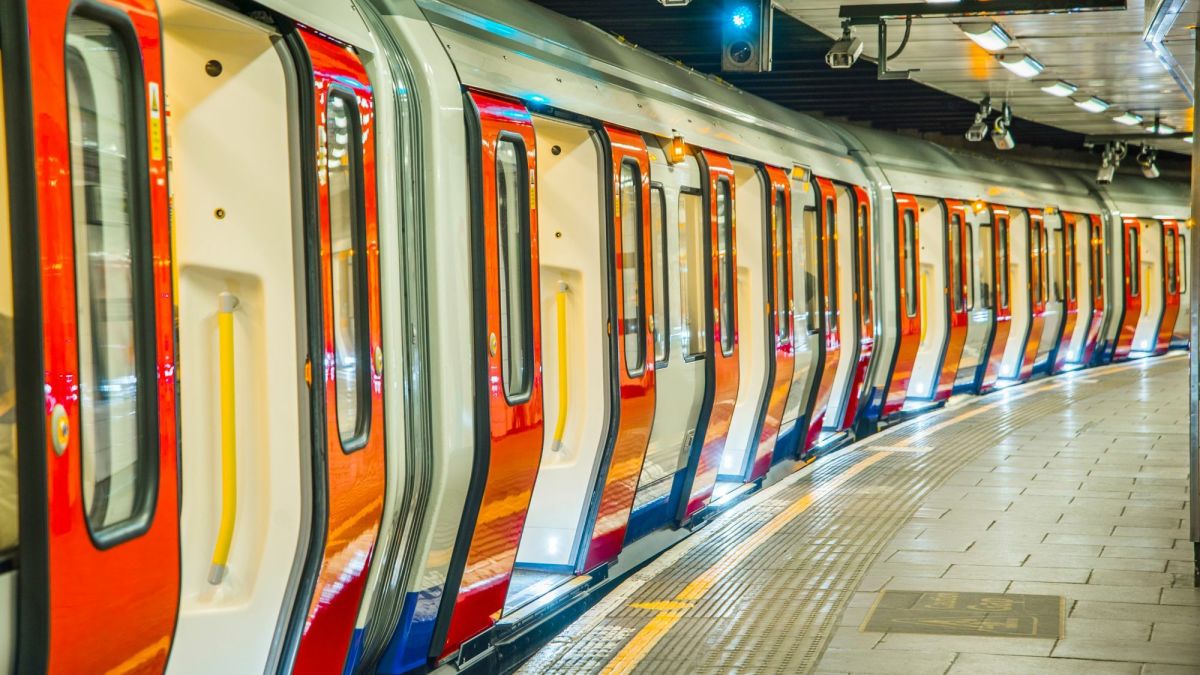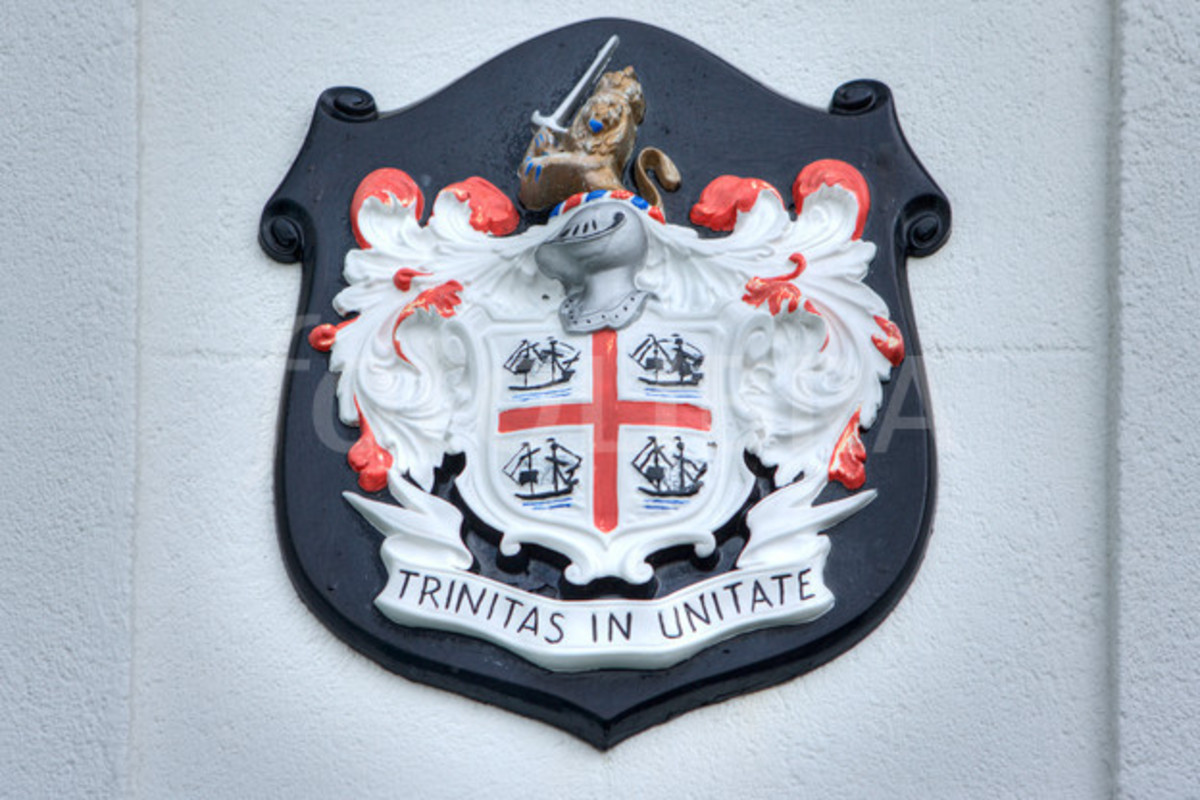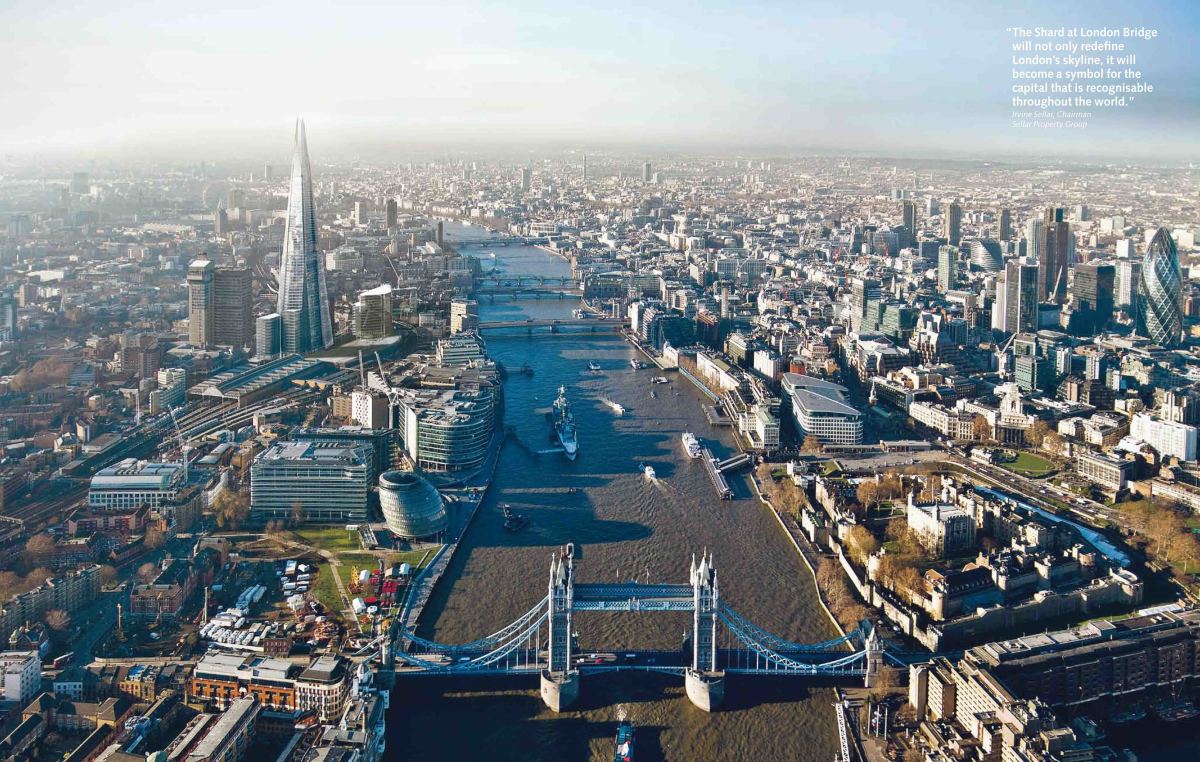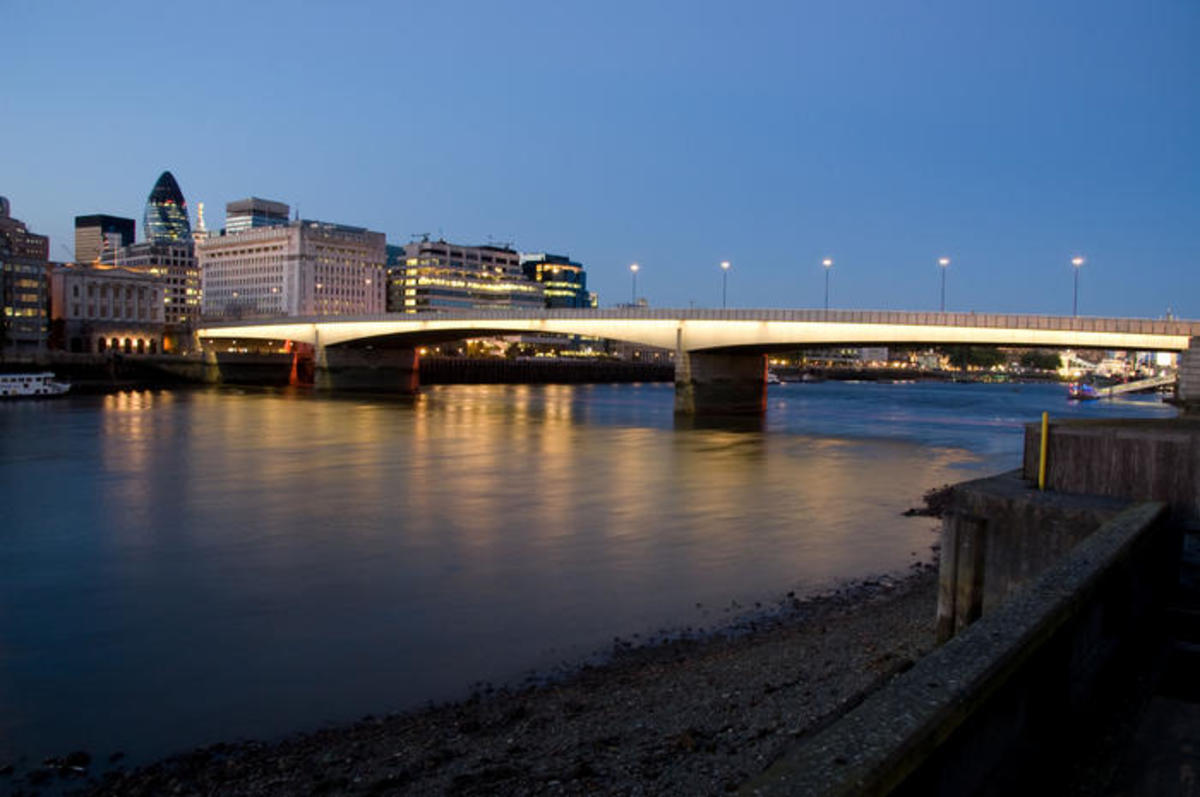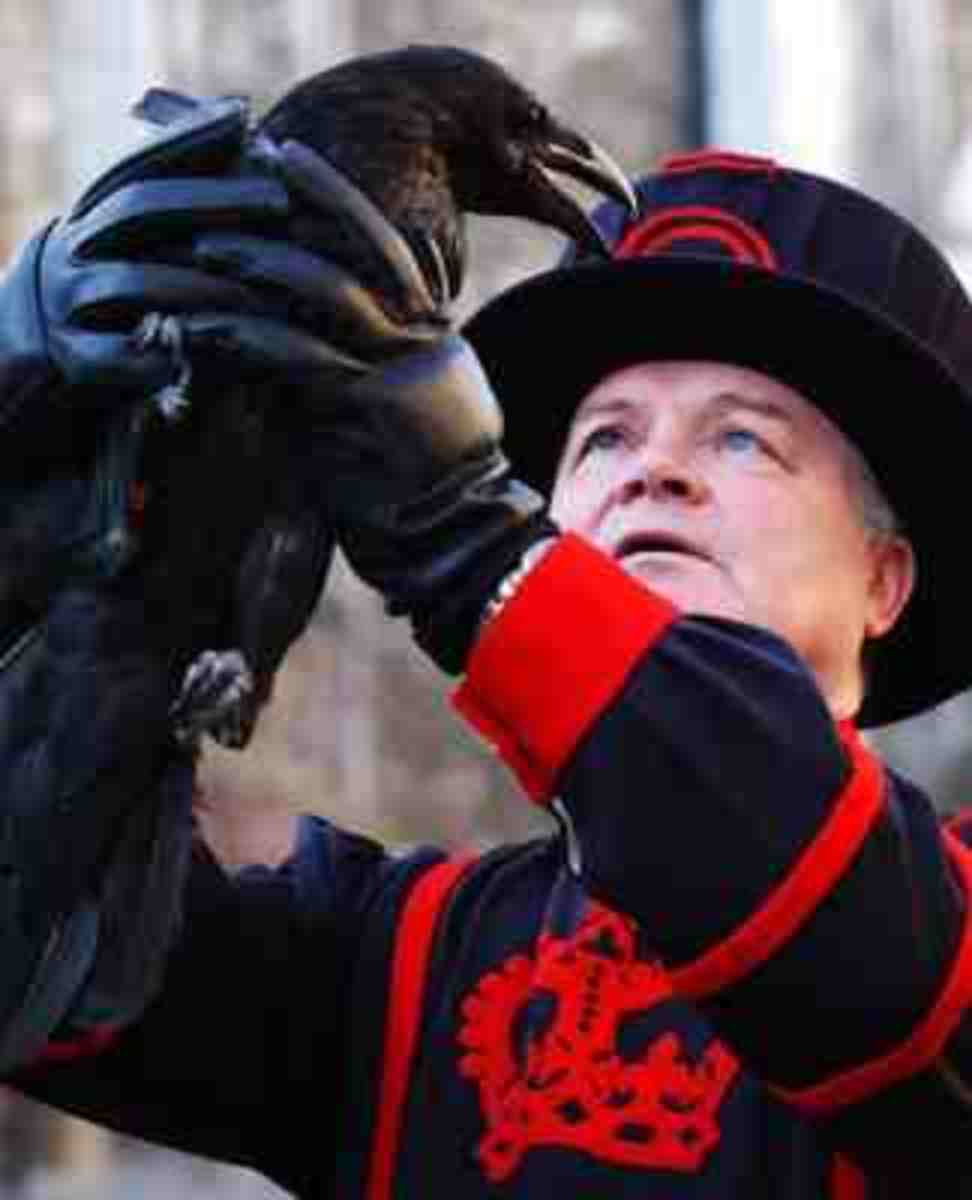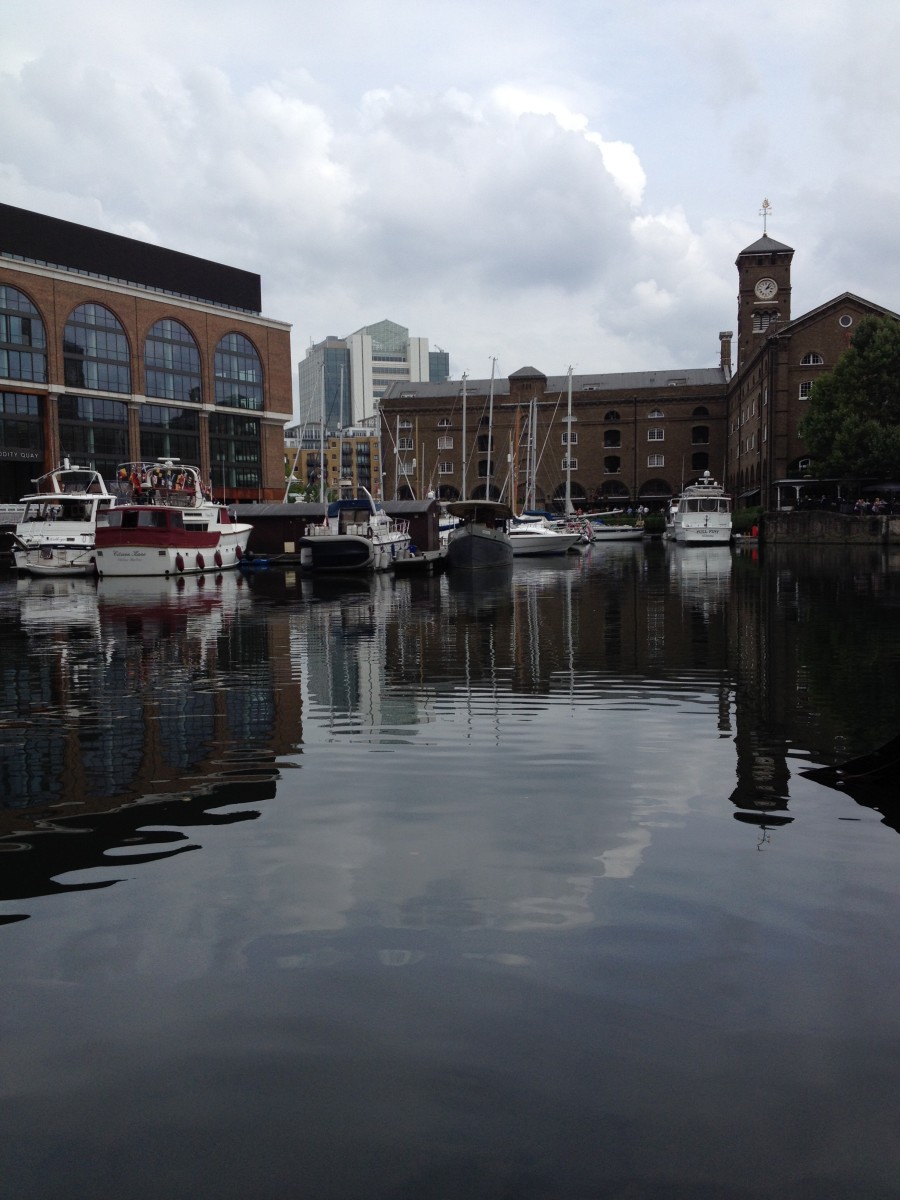- HubPages»
- Travel and Places»
- Visiting Europe»
- United Kingdom»
- England
London's public transport zones - a guide for the visitor, and how to use the tube map
Introduction
London is an amazing place, and visitors to the city have to try very hard indeed not to enjoy themselves.
London has pretty good public transport, but the options and inter-linking might well be a bit confusing if you are not used to them.
Here, therefore, is a guide to London's public transport, for the tourist! It includes 5 methods of transport, and handy tips of how to pay as little as possible for getting around the most wonderful city in the world.
If
you want to plan a journey by any combination of buses, trains, Tubes,
and trams, the Transport for London website has a very helpful
journey planner. If you enter two places in London, it will give you
different routes about how to get there, and tell you when and where
to change buses, trains etc.


- Transport for London
Great website, from the organisation which supervises pretty much all of London's transport. Includes bus, train and tube maps, timetables, and a useful journey planner.
The Tube - London's underground railway
The London Underground is the railway system serving the large part of Greater London and some of the neighbouring Home Counties, including Hertfordshire and Buckinghamshire.
Usually referred to as the London Underground, or the Tube, the system sets a number of records.
The first line, now the Bakerloo Line, was the first underground system in the world, opening in 1863. In 1890, the Tube was the first to have electric trains.
With approximately 260 miles of track, and 270 stations, it is the biggest metro system in the world. In 2008, 1.1 billion passenger journeys were made on the system.
If you’re staying in London, you would be well advised to get to grips with the system as it’s one of the easiest ways of getting around in London.
The system is divided into different lines, each with its own name and colour system on Tube maps. Stations which have more than one line going through them are handy for changing from line to another.
The system has continued to develop, with most recently a major extension to the Jubilee Line which goes out to the Millennium Dome. The Jubilee Line itself was built to celebrate the Queen’s Silver Jubilee in 1977.
The system does not operate all around the clock. It does on New Year’s and Day and for particular special events such as the Queen’s Jubilee in 2002, but in general trains start running on most lines between 4.30 and 5.30am, and stops between 1 and 1.30am.
Because the system is so complicated, a stylised map of the Tube was first designed by an underrated engineer, Harry Beck, in the early 1930s. It became a design classic, and was adopted around the world.
The common red circle with a blue line across holding the name of the station has been used since the earliest days of the 20th century.
Fares on the system vary. London Transport as a whole is divided into 6 zones, which are concentric circles. The centre of London, for example, is Zone 1. Zone 6 is the far outer edges of Greater London.
Almost
all the Tube stations have ticket barriers, and you must buy a ticket
before you descend to the platforms to catch a Tube train.

- London Transport Museum
Museum in Covent Garden, central London, with exhibits (including lots of actual vehicles) of transport over the centuries. My son adores this, it's enough to delight a little boy's heart. - The Greater London Bus Map
The Greater London Bus Map shows all buses including night routes.
London's Buses
London buses, like the Tube and trams, are managed by Transport for London.
They are extremely useful, and often much quicker and more convenient for short journeys in Central London than the Tubes.
Most, although not all, of London’s buses are painted bright red.
There are a mixture of different types of buses, from long articulated ones, known as “bendy buses” and not generally much liked by the public because they seem to be too long for London’s streets, to a few of the old Routemasters.
There are also double-decker buses open at the back so you can jump on and off at traffic lights as well as at bus stops, double deckers which are closed between stops, and open topped tourist buses that tour along streets likely to interest tourists.
See the links to the right of this text for a collection of bus maps for London, and also have a look at the Transport for London websites, the link to which is shown above.
A lot of buses run 24 hours, and
night buses have the number of the route they are on with an ‘N’
in front of it.

Black Cabs
The well-known black taxis in London are known as hackney carriages or cabs.
Black taxis are licensed by the Public Carriage Office, to whom Transport for London has delegated its licensing powers.
The black cabs are of a very specific design, and are rounded in the front, with the doors to the passenger compartment often opening at the front rather than at the back.
Many of the newer taxis are suitable for disabled passengers.
They have an orange light at the front saying “TAXI”. When the light is on, the taxi is for hire. A taxi is obliged to take you anywhere within 12 miles whether the driver wants to go that way or not.
There are over 20,000 black cabs in London at the moment. The design is that of a diesel engine, with a very small turning circle of only 24 feet. This means they can do turns and u-turns extremely easily.
It takes quite a long time to become a London taxi driver. They have to pass a series of tests known as, “The Knowledge”.
It takes, on average, 3 years for would-be taxi drivers to learn The Knowledge. The Knowledge is a detailed study of pretty much all “points of interest” that people might want to go to, including streets, hospitals, theatres, concert halls, hotels, government buildings, stations, courts, churches and similar, and other historic buildings.
Taxi drivers also have to memorise a large number of streets, and routes from one place to another. As a result, there is a pretty good chance that the taxi driver will know exactly where you want to go when you give him a street name or a building that you wish to visit.
Fares are standardised. All journeys are undertaken on a meter. The tariff varies, with 3 separate tariffs for normal working hours, night times, and weekends and public holidays.
Cycling in London
- London Cycling Campaign
London Cycling Campaign's vision is to make London a world-class cycling city. - National Cycle Network
About cycle paths and routes all over the country.
Cycling in London
Cycling in London is fun, and it’s something that we do a great deal of.
Cyclists do have to take care. A lot of London streets are narrow, and traffic can be quite heavy.
The popularity of cycling has increased hugely in the 21st century, with an estimated twice as many cycle journeys in 2008 as in 1999.
Cyclists are allowed to cycle in bus lanes, and there are a number of special cycle lanes, sometimes marked in green on the general roads, and, increasingly, separate from the road with their own cycle traffic lights and junctions.
There are also lots of cycle paths through the Central London parks, along canals and rivers, and along the Thames paths.
It’s a great and healthy way to get around London, and altogether great fun.
Transport for London has produced a number of cycling guides, which can be obtained for free from their website, and show places where you can find cycle routes, and where you can park your bike.
There are an increasing number of bicycle stands all over Central London where you can lock a bike if you want to wander off and do something else.

Walking in London
- Walk London
A great site showing routes, paths, and maps for walks in and around London - London walks, walking tours London, walks of London.
London walks, walking tours London, walks of London.
Walking in London
As Dr. Samuel Johnson put it:
Sir, if you wish to have a just notion of the magnitude of this city, you must not be satisfied with seeing its great streets and squares, but must survey the innumerable little lanes and courts. It is not in the showy evolutions of buildings, but in the multiplicity of human habitations which are crowded together, that the wonderful immensity of London consists.
Walking around London will show you lots of places and streets that you would never otherwise see.
Wandering especially, for example, in the original City of London or around Westminster is a fascinating experience.
There are a lot of pedestrianised walkways which are great fun, for example along both banks of the Thames, particularly the South Bank and through the Central London parks.
To the right of this text you will find a number of guides to walking routes in London.
There are also some fantastic walking guides, which you will also see to the right of this text, many of which have themes, such as historic London pubs are roads associated with Jack the Ripper.
Travel on the River Thames
The River Thames runs right through the centre of London. Taking a riverboat tour is a fantastic way to see the capital from a different angle.
Transport for London regulates several different leisure cruise and commuter services on the Thames.
Many scheduled services depart from Westminster Pier and go east along the Thames either to Greenwich, or to as far down river as the Thames Flood Barrier.
Many stop as well at St Catherine’s Pier, and Millennium Pier, which are near the Tower of London.
As well as the site-seeing cruises up and down the river, run by several different companies, it’s also possible to charter boats if there’s a large group of you wanting to go for a tour, and there are various cruise boats doing dinner cruises up and down the river, generally between Greenwich and Westminster.
Transport for London has a rather handy list of river route maps, accessibility, departure times and similar. See to the right of this text for more details.
The trip from Westminster to Greenwich is a particular good one. Greenwich is the ancient maritime home of London, and buildings such as the Royal Naval College and Queen’s House are absolutely magnificent anyway, and particularly from the water.
It's also
something children really enjoy, my own 3 year old son absolutely
loves going under the bridges, including Tower Bridge, on this trip.




Paying for trips on the integrated London transport system - get cheaper fares!
You can buy paper tickets for a single journey, or (and this is strongly advised as it will save you a lot of money) you can buy and blue and yellow plastic Oyster Card.
The Oyster Card can be used as a pay as you go system. Money is put on the Card at any station or many newsagents, and when you go into a Tube station (or bus, some trains, or tram) you touch your Oyster Card against the yellow system.
This registers where you have gone into the Tube network, and you touch out again on your way out. The cost of your journey is then deducted from the Card.
As an example, if you were to make a single trip within Zone 1 of the Tube, it would cost £1.50 on your Oyster Card, but it would cost you a fairly horrific £4 in cash if you bought a paper ticket instead.
When you get an Oyster Card, you have to a pay £3 deposit, but you get it back when you surrender the Card at the end of your trip in London, or you can hang onto it for your next journey.
If you make lots of journeys on trains, Tubes, buses, or trams in one day, then you are never charged more than the cost of a Zones Travel Card for one day.
A Travel Card is a paper ticket which allows you travel on various different forms of transport within London for a specific period.
You can get a day Travel Card if you want, or you can get a season ticket one for a week, month, or year if you’re a commuter in town.
A Travel Card gives you free access to buses, Tubes, trains, the Docklands Light Railway and trams in Greater London (apart from the Gatwick, Heathrow and Stanstead Expresses) and also gives you a third off some river services.
If you’re buying a train ticket in or out of London, you can get an add-on with a one day Travel Card within London.
It really pays to get an Oyster Card if you’re going to use a bus. If you have an Oyster Card, any journey by bus within London, no matter how long, costs £1. If you buy a paper ticket with cash, it will set you back double that.
- A History of the London Tube Maps
Fantastic site containing every single significant Tube Map since the 1860s. If you want detail of the London Underground's Maps, this is the site for you - London Underground Map, Tube stations & lines - where to find the london tube map
London Underground maps and information about London Underground stations, and how to travel to major tourist attractions using the tube.
Associated articles on London
As for what to do when you've worked out how to get there, I can help there too!
Have a look at this article, detailing five fantastic family London activities which are free, and for a more detailed off-the-beaten-path London experience, this article on places in London associated with the Knights Templar.
For a historical perspective, read about how English people coped with the Nazi bombs dropped during the Blitz.




